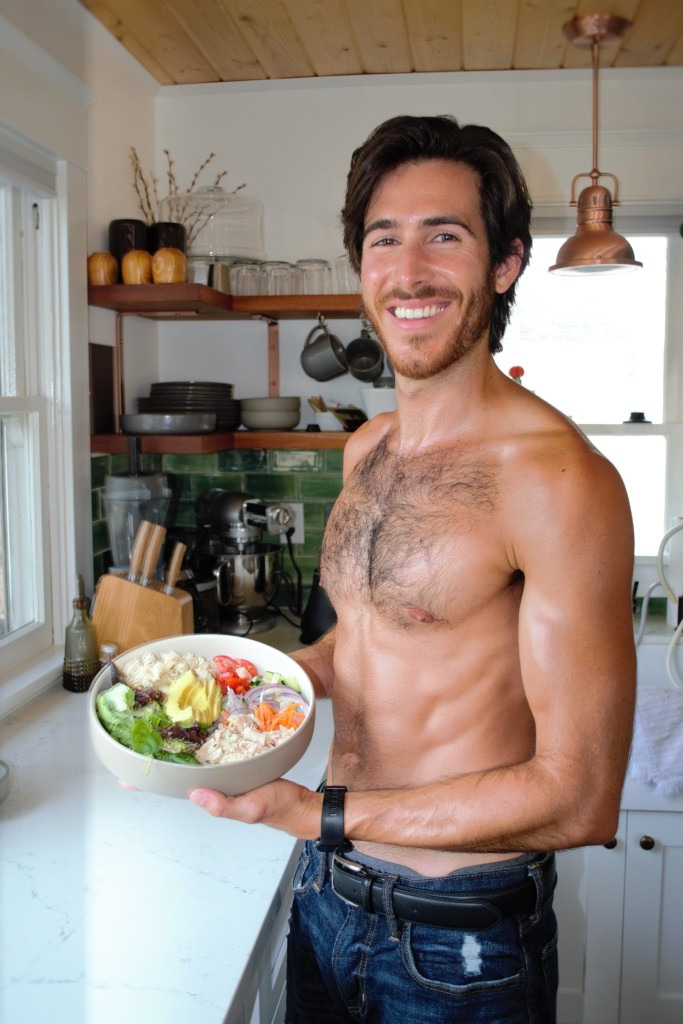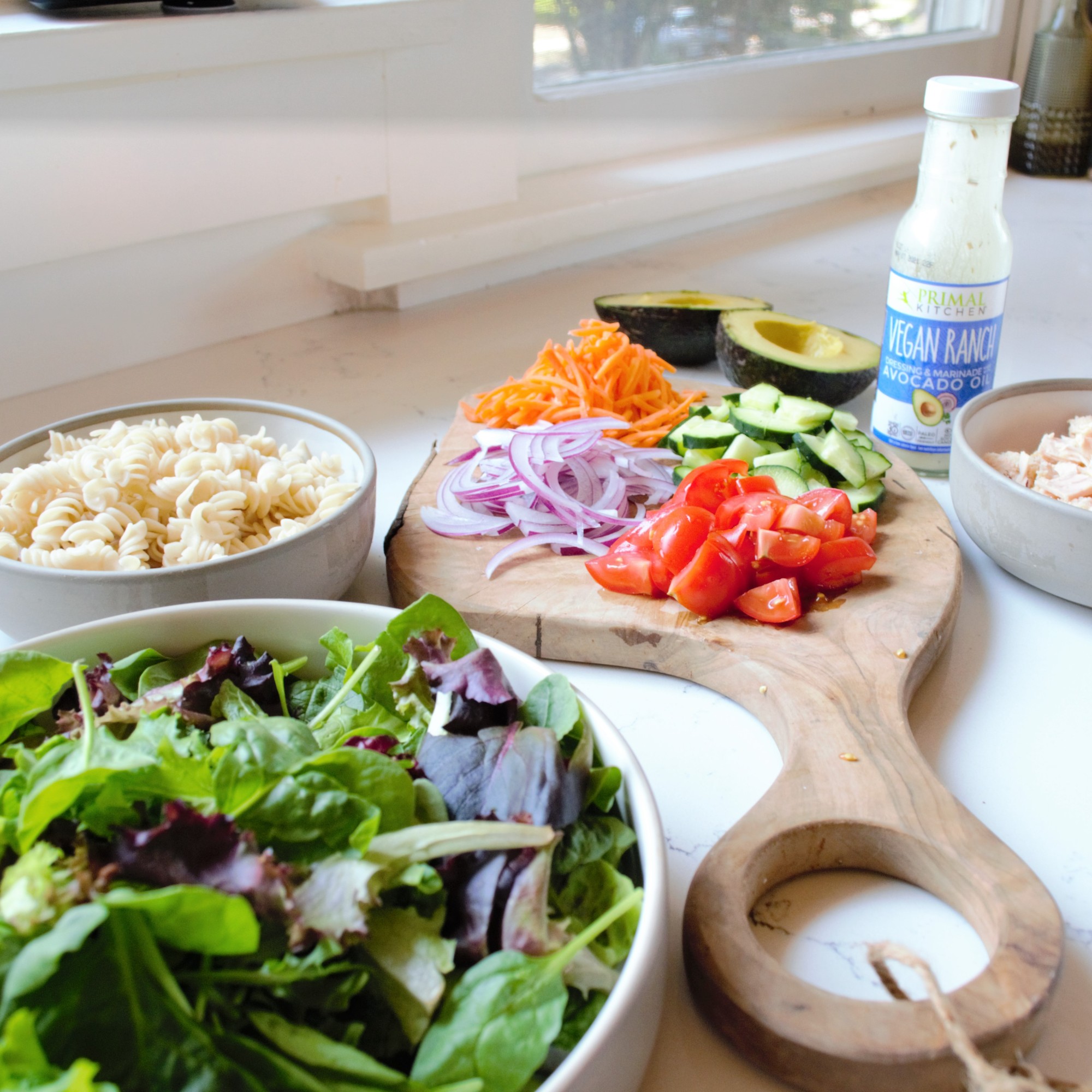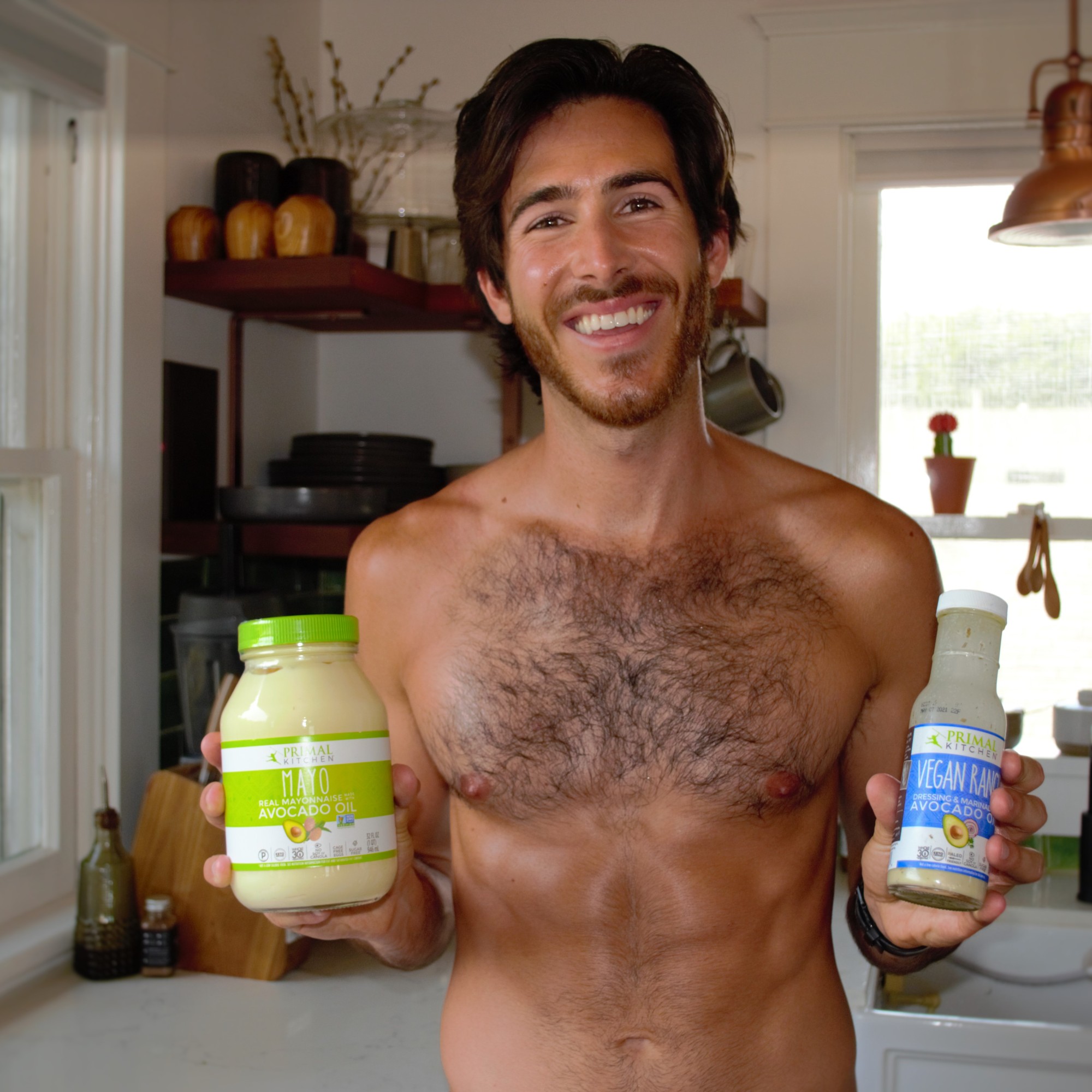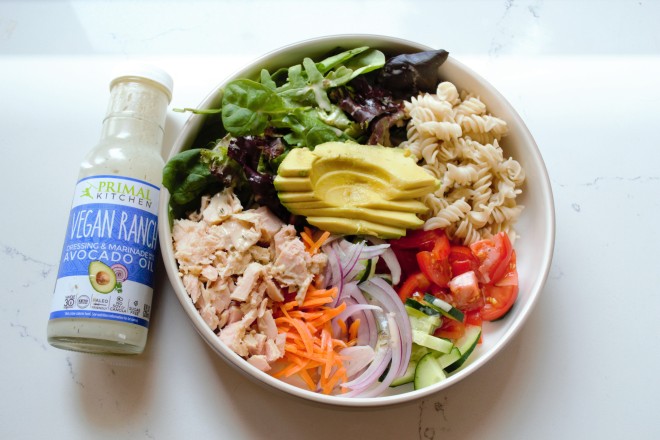There is a lot to be improved upon in America when it comes to food; the way we look at food, grow and raise food, treat food, value food, and much more. If I wanted to critique all of the many different facets that there are to food and what we could do better at (meaning what we do completely wrong), well then, I’d be writing a full on critical book. As much fun as that might be, since this is a blog, I will focus on one aspect at a time that I would like to commentate on. Today, I am writing about how we structure our food system in terms of selection and pricing of whole, natural foods versus junk foods.
I have thought a lot about the way we select, place, and price our food here in the United States after visiting Europe in 2014 and again in 2015 and seeing how the Europeans do so. Now, my intention is not to sound pretentious or unpatriotic for glorifying Europe over the USA, but they really do food better overall.
Let’s talk about grocery shopping in the United States versus in Europe, namely France and Italy where I experimented with grocery shopping during my travels.

Here’s me buying local, organic fruit at a market in Verona, Italy.
Shopping for Produce in Europe – Fresh fruits and vegetables are displayed without stickers on their skins with digitated codes. Rather, they are left naked and pure, some of them still showing signs of the soil from which they were pulled. I know I don’t have to worry about GMO vegetation or certain heavy brands of pesticides on these fruits and vegetables because these practices and chemicals are not permitted in the European Union. The primary selection of these fruits and vegetables have come from local or semi-local farms from the country side; very little has been imported from outside of the country. Because of this, I can leave the produce market with enough fruits and vegetables for a week for only about 20 euro – and it’s mostly organic, local, and seasonal. Yay!

Shopping for Produce in America – There is every type of fruit or vegetable imaginable available for the taking, regardless of season. Therefore, I must comb through the produce, reading the little labels stuck to the food that I will have to peel away later and wash the skin. Nope, that one is genetically modified. Nope, that one isn’t organic and is in the dirty dozen. Oh great, an organic apple, that’ll be $3 for 1. I make my selections, buying enough vegetation for the week ahead. I don’t buy everything organic; I’m an American peasant after all, but any fruit or veg that is part of the “Dirty Dozen” I have purchased organic. I get a week’s worth of produce for $40 to $60 depending. If I was in Europe, I could’ve saved $20-$40 and used that money towards savings for a condo! But I am in America trying to be healthy, so I will accept the penalty for my choices and continue being a peasant.

Fromagerie in Paris selling fresh, local cheeses.
Shopping for dairy in Europe – Firstly, cheese in Europe is unrivaled by anywhere else in the world. It is all so pure and so fresh or so artfully aged. It’s incredible. America doesn’t stand a chance. But this isn’t just about taste. I go to the local cheese shop to select my cheeses. I am allowed to sample as I shop so I can make a better selection (#winning). Reading the labels and talking to the cheese monger, I learn that there is really nothing to the cheese except milk and the other flavor fixings. The milk is pure and unaltered, no added hormones, chemicals or America’s favorite – sugar. It’s just milk from a cow; a cow roaming widely over green pastures. Also, the cheese has come from a nearby dairy farm, so it too is local. I am able to purchase a hulking wedge of both the creamiest brie and the tangiest bleu for a mere 5 euro. 2.50 euro for gourmet cheese?! How is this possible? I am going to eat all of it now and come back tomorrow for more, life can never be this good again.

Shopping for dairy in America – My cheese selection is stressful. I have to really read into the labels to see where the cheese is coming from and if the milk it is made from was overly treated with chemicals and hormones. Also, finding cheese from a grass-fed, free roaming cow is an Olympic challenge. Oh yay, I found some great selections. That’s $5.75 for a medium sized wedge, that’s $7.25 for an average block. Well, there’s go $13. It’s okay I guess, cheese is worth it, but I know the truth; this cheese could never measure up to the cheese in Europe, and that would’ve costed me ¾ of what this cheese costs for a lot more. Oh well, I knew life would never be that good again, like I said. This is the life of an American peasant.
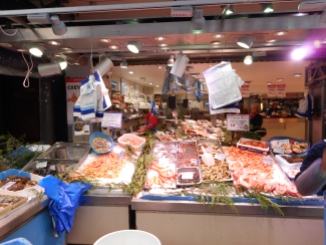
Fish market on the streets of Paris.

Cured meats vendor in Paris.
Shopping for meat in Europe – The meat is fresh, it has not been frozen. Here again, the meat has come from a nearby farm or ranch. Due to the normal European practices when it comes to meat, I know that the beef is from rolling pastures and was grass-fed, I know the chicken was free-range, I know that the fish was not fed coloring. The meat has not been sprayed down with chemicals and preservatives, it doesn’t need to be because they have taken good care of it and are selling it fresh after the catch or kill (sorry veggie friends). This is quality meat, this is the way meat is meant to be treated and eaten, this is somewhat sustainable. The meat – again being grass-fed/free range/wild caught/not treated etc. – costs maybe three quarters of what the same quality of meat would cost in the United States. Also, the Europeans don’t sell you huge cuts and chunks, servings are much smaller so that even though you are eating meat, you are eating less and really enjoying it.

Shopping for meat in America – There are lots of meat selections, and of those selections, a very small percent of it comes from good, healthy practices. If you want grass-fed, free- range, not color treated, you have few choices and they are expensive. That filet mignon that comes from the ranch in the center of California where the cows are standing in their own dung and have cancerous puss on their faces costs a reasonable amount, but why would I eat that? Gross. No, if I am going to have beef, it is going to be from a cow that was treated right in its life. Oh hot damn, that single filet mignon is $14; but damn it, I am going to buy meat that is quality because I support the meager amount of sustainable ranching we do in this country. At least the cost keeps me from eating too much red meat, right? But what about the fish? Yup, that salmon was fed pink dye through it’s feed – yummy! No thanks, I’ll go with the wild salmon. *Deep sigh* It’s $13.99 a pound and I’m feeding four people, so I need a pound; so now that’s another $14 after my $45 worth of semi-organic produce and my $13 of cheese, and we haven’t even gotten the most important item on the grocery list – wine; maybe I shouldn’t go to the movies tomorrow after all.

What about the junk food – Oh yeah, let’s not forget that food group! Europe has junk food just like us, a lot of the same brands in fact, though some of their products are banned because they put additives in the foods that are not permitted in the EU, but America doesn’t seem to find anything wrong with them! The big difference, however, is that you have to really go out of your way to get it. The normal everyday markets don’t have it; they’re too busy selling real, whole foods at decent prices and supporting the local economy. If you want sugar laden bags of cookies and sodium rich chips, you’ve got to go to the convenience store, like a liquor store or gas station; you won’t find it at the markets. In America, the processed, sugar filled, chemically laden stuff is mixed in right next to the good foods, and it’s cheap, so it’s easy to gravitate towards all the junk and skip the good food choices because it is right there and it is cheaper than the $3 organic apple.
Also, Americans like stuff. If you’re spending too much money on healthy foods, you can’t buy as much superfluous stuff. So naturally, they make dinner a sodium and sugar frozen entrée and go shopping for poorly made clothing from China.
In conclusion – here’s the big difference between Europe and America when it comes to groceries: Europe makes healthy, nutritious eating accessible and America does not. Sure, America is the richest country in the world and we have access to everything, but because of the way we price the good food and then place it next to the bad food, and because of normal American saving and spending habits, shoppers make the in-nutritious and downright unhealthy choices.
Europeans can easily purchase fresh, organic fruits and vegetables, well cultured dairy, minimally processed grains and bread, and soundly raised and cared for meats without breaking the bank. In this way, even a struggling family can feed themselves whole meals. In America, if you want to make healthy choices, you are forced to pay a premium, as if you are doing something exclusive and risqué. Many Americans are unwilling and often unable to pay these premiums, so they make the unsound choices, and this leads them to being overweight, malnourished, and often sick, which ultimately feeds into the risen numbers of obesity, diabetes, and cancer that we are seeing in this country, which then all feeds into our wonderfully sound healthcare system (sarcasm). It’s a vicious cycle.

We simply must evolve our food system to be one that supports the selling and eating of whole foods. If we can find avenues to make fresh and often organic produce, minimally processed diary and grains, and well cared for meats (while also lessening meat consumption), then we will be supporting a healthier and happier society overall, which I think is what we all ultimately want. It is going to take a lot of work; work within ourselves for how we look at food and value it, and work for how we go about growing, cultivating, and selling it.
Again, this is just one of the many critiques I and many others have for the American food system. Again, I wish not to sound unpatriotic (though I often feel that way). Keep in mind, however, that we are a country of free thinkers who are encouraged to critique in order to help us to become an even stronger and better nation; and that is probably something I will do until I die. Namaste.
